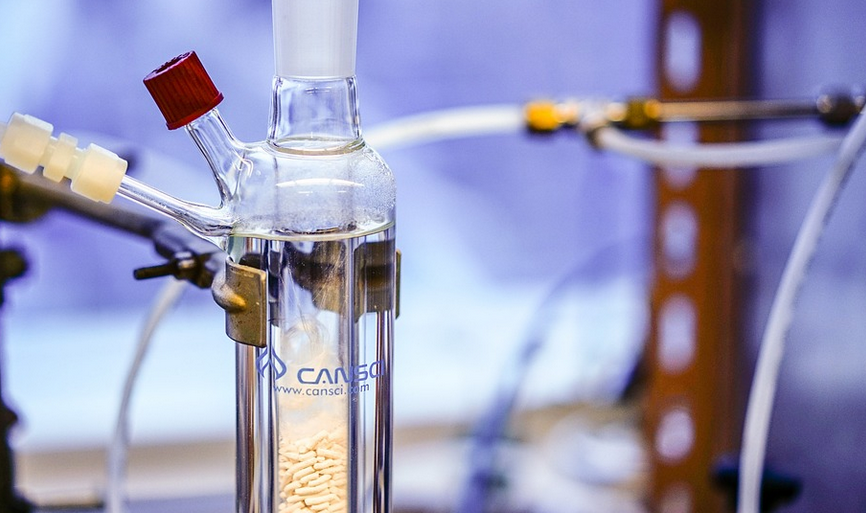Introduction
Benzoic acid is a common food preservative used to prevent the growth of bacteria, yeast, and mold. It is also used in the production of various products such as medicines, dyes, and plastics. In analytical chemistry, benzoic acid is used as a reference compound for determining the retention factor (RF) of other compounds in a sample.
What is RF Value?
RF value is the ratio of the distance traveled by a compound to the distance traveled by the solvent front in a thin-layer chromatography (TLC) plate. It is a measure of the affinity of a compound for the stationary phase (TLC plate) compared to the mobile phase (solvent).
Importance of RF Value
RF value is an important parameter in TLC analysis because it is used to identify and quantify the compounds present in a sample. By comparing the RF values of the unknown compounds to those of the reference compounds, one can determine the identity and concentration of the unknown compounds.
Determining RF Value of Benzoic Acid
To determine the RF value of benzoic acid, a TLC plate is prepared by applying a small amount of the sample solution to a spot on the plate. The plate is then placed in a developing chamber containing a solvent that migrates up the plate by capillary action. The solvent front is allowed to reach a predetermined distance, and the plate is removed and dried. The distance traveled by the solvent front and the distance traveled by the benzoic acid spot are measured, and the RF value is calculated by dividing the distance traveled by the benzoic acid by the distance traveled by the solvent front.
Factors Affecting RF Value
The RF value of a compound is affected by several factors such as the type of solvent used, the composition of the stationary phase, and the temperature and humidity of the developing chamber. Therefore, it is important to use a standardized method for preparing the TLC plate and selecting the appropriate solvent system for the analysis.
Applications of RF Value
RF value is widely used in the pharmaceutical industry for the analysis of drug compounds. It is also used in the food industry for the detection of food adulteration and the identification of food additives. In addition, RF value is used in forensic science for the analysis of crime scene samples.
Conclusion
The determination of RF value of benzoic acid is an important technique in analytical chemistry. It provides a basis for the identification and quantification of compounds in a sample. By understanding the factors affecting the RF value and using standardized methods, accurate and reliable results can be obtained.

